Are you tired of feeling self-conscious about your skinny calves? Do you want to show off your legs with confidence? If so, you're in luck because we have some proven strategies to help you grow bigger calves today!
Firstly, it's important to understand that genetics play a significant role in determining the size and shape of your calves. Some people may naturally have larger calf muscles than others, but that doesn't mean you can't improve upon what you have. With the right exercises and a proper nutrition plan, you can increase the size of your calves over time.
Here are some effective exercises that can help you achieve your goal:
-
Standing Calf Raises This classic exercise is a staple for anyone looking to build bigger calves. To perform the exercise, stand with your feet shoulder-width apart and raise your heels off the ground as high as you can. Hold the position for a few seconds and then slowly lower your heels back down to the ground. Repeat for several sets of 10-12 repetitions.
-
Seated Calf Raises This exercise targets the soleus muscle, which is located just below the larger gastrocnemius muscle. To perform the exercise, sit on a bench with your knees bent and your feet resting on a platform. Place a weight on your knees and raise your heels off the ground as high as you can. Hold the position for a few seconds and then slowly lower your heels back down to the ground. Repeat for several sets of 10-12 repetitions.
-
Donkey Calf Raises This exercise is similar to the standing calf raise, but it puts more emphasis on the gastrocnemius muscle. To perform the exercise, stand with your toes on a raised surface (such as a step or block) and your heels hanging off the edge. Have someone sit on your lower back or use a weight belt to add resistance. Raise your heels off the ground as high as you can and hold the position for a few seconds. Slowly lower your heels back down to the ground and repeat for several sets of 10-12 repetitions.
-
Jumping Rope Jumping rope is a great cardiovascular exercise that also targets your calf muscles. It's an easy exercise to incorporate into your daily routine and can be done just about anywhere. Start with short sets of 30 seconds and gradually increase the duration as you become more comfortable.
In addition to these exercises, it's important to fuel your body with the right nutrients to support muscle growth. Eating a diet that's high in protein and carbohydrates can help provide the energy and building blocks your muscles need to grow.
It's also essential to give your muscles time to recover after each workout. Overtraining can actually hinder muscle growth, so be sure to take rest days and alternate your workout routine to avoid plateauing.
In conclusion, growing bigger calves takes time and dedication, but with the right exercises and nutrition plan, it's definitely achievable. Incorporate these exercises into your workout routine and fuel your body with the right nutrients, and you'll be well on your way to showing off those confident calves!
Read more
Try this amazing quick recipe to help cure the sweet tooth!! Ingredients: 2 Caramel Rice Cakes 3/4 Cup of Greek Non Fat Plain Yogurt 2 tbsp Sugar Free Syrup 1 scoop UXO Salted Caramel Pro Refit P...
Ingredients: 1 cup oat flour 1 scoop Salted Caramel Pro Refit Protein 1/4 cup coconut sugar 1/4 cup unsweetened applesauce 1/4 cup unsweetened almond milk 1/4 cup coconut oil, melted 1 tsp vanill...

The essentials
Share details of your store's product selection, or share a story that speaks to your customers.

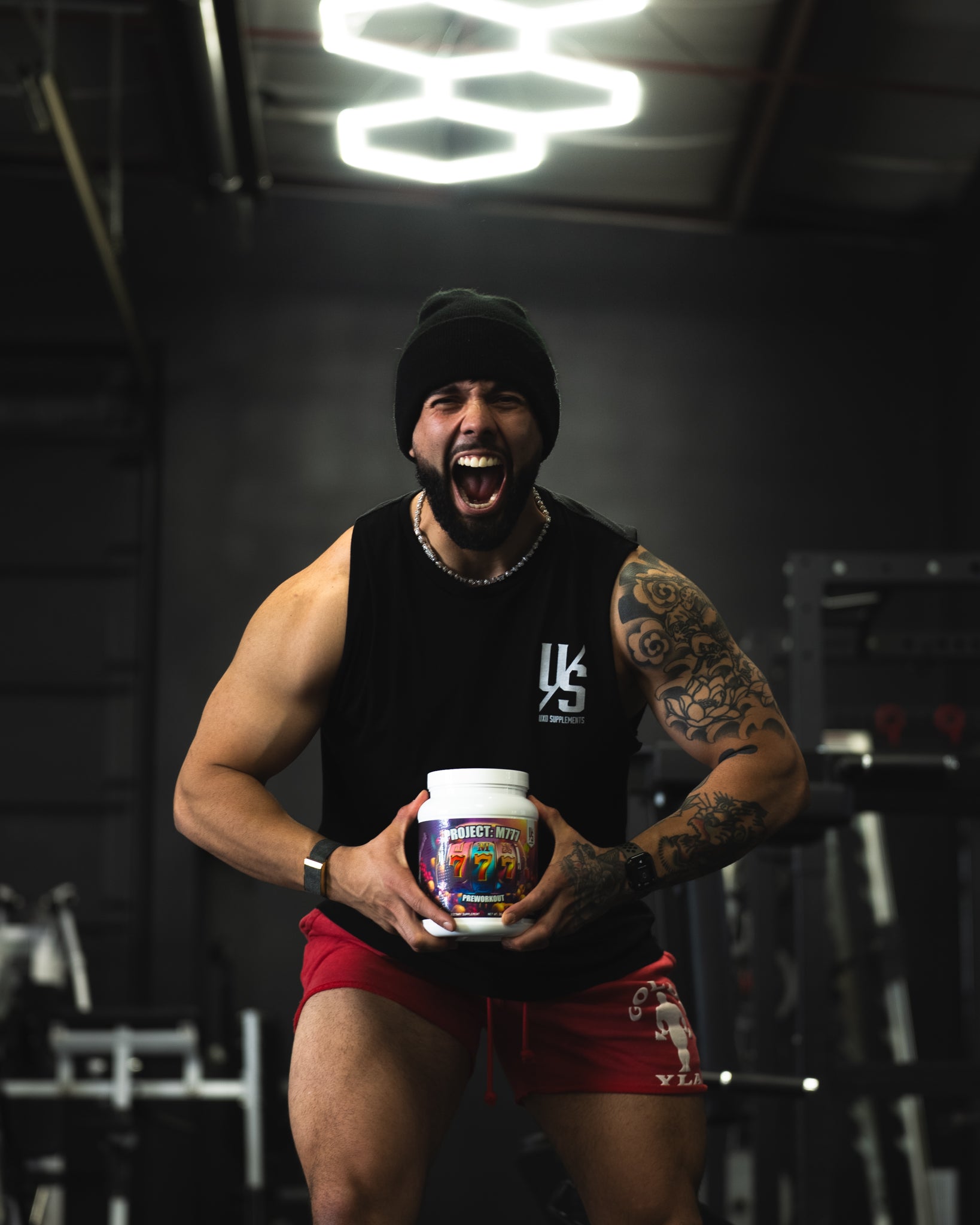




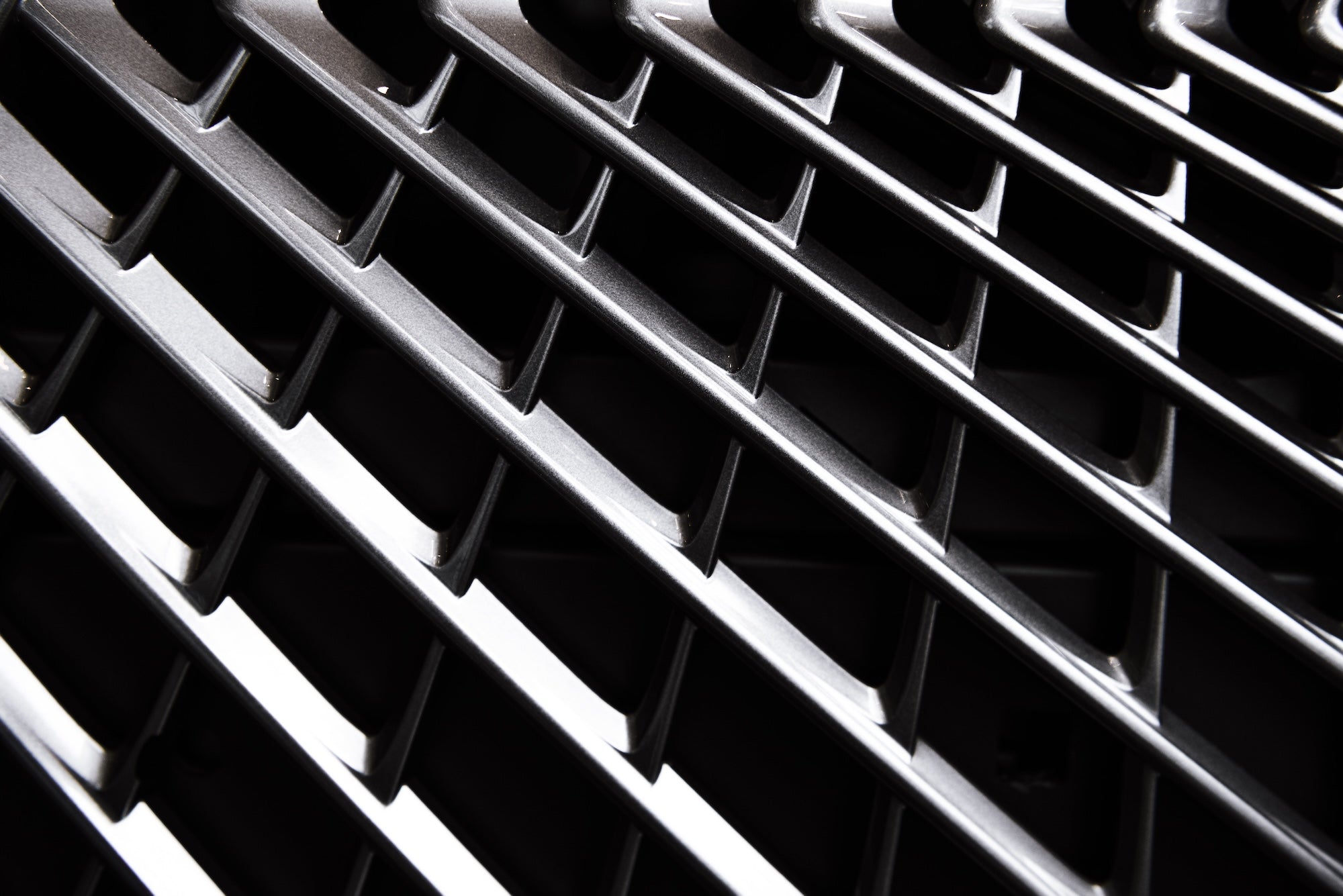
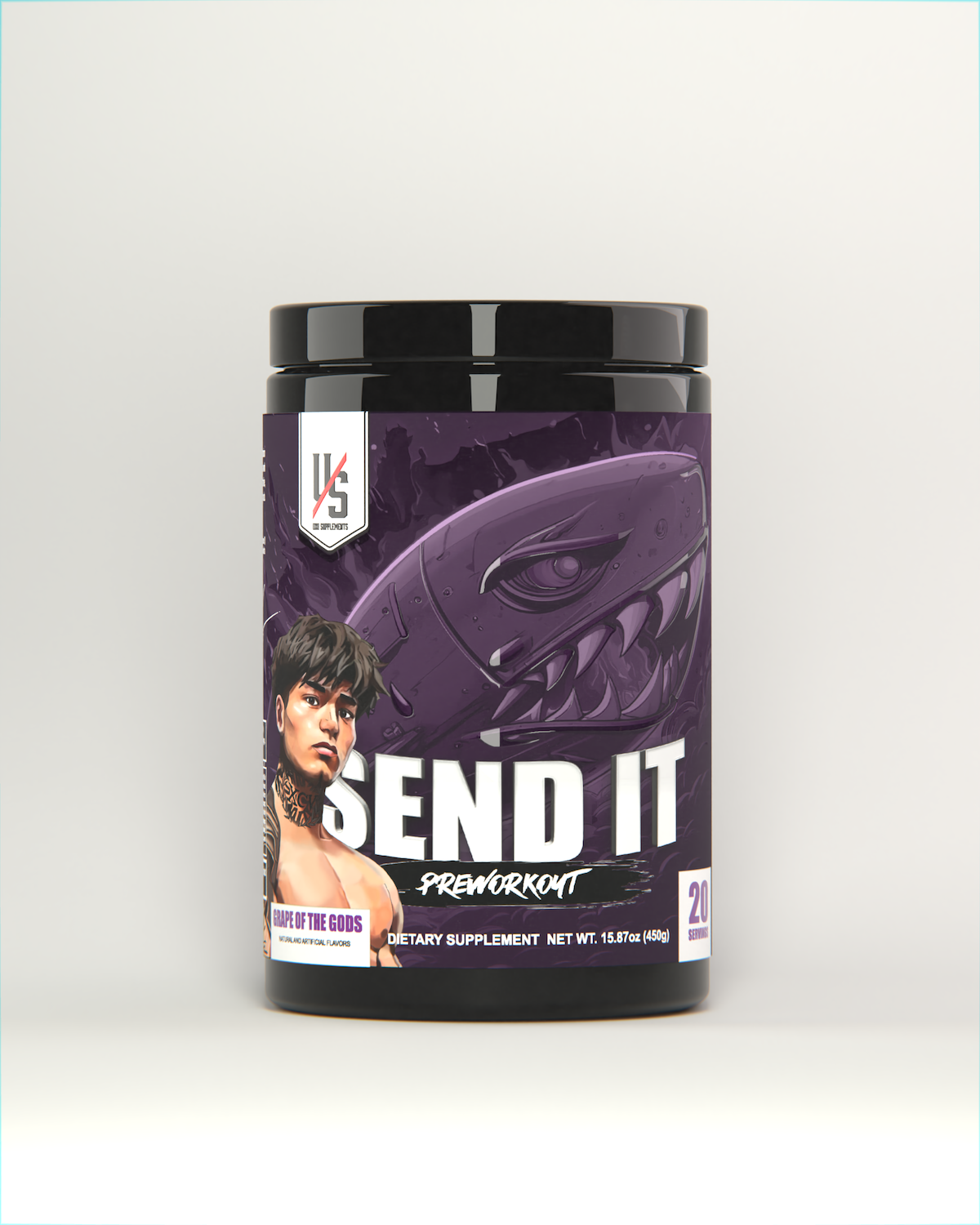
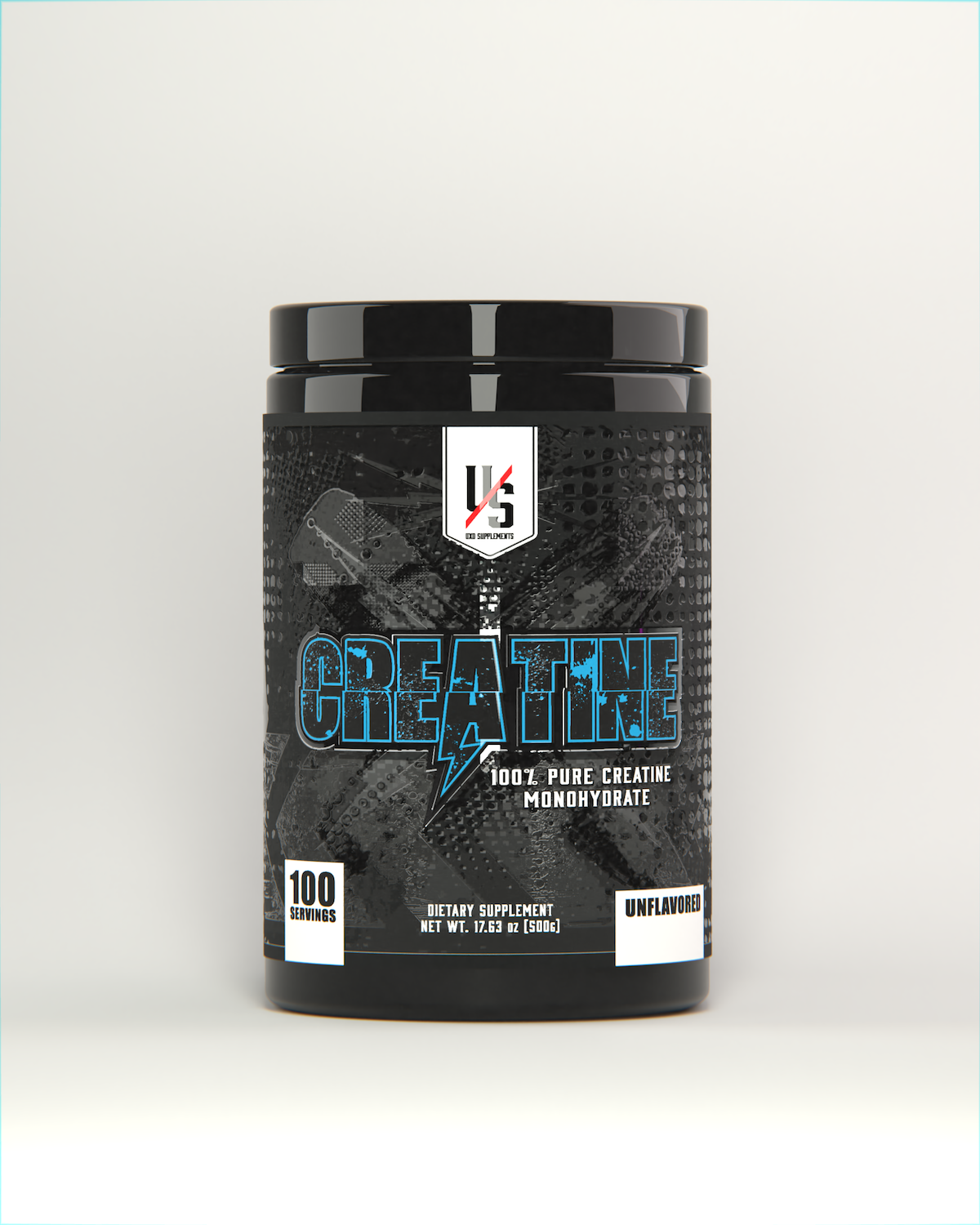
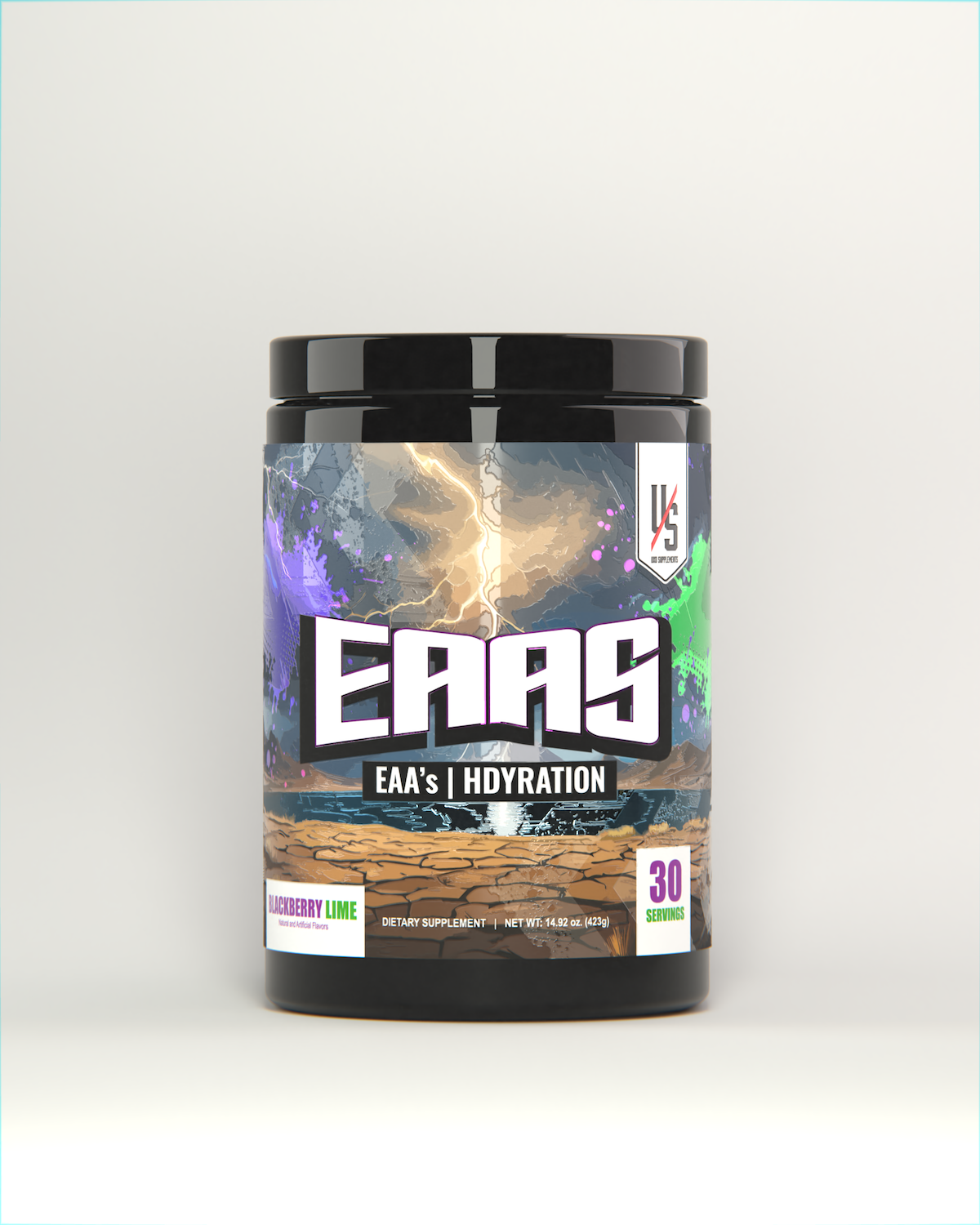
Leave a comment
All comments are moderated before being published.
This site is protected by hCaptcha and the hCaptcha Privacy Policy and Terms of Service apply.